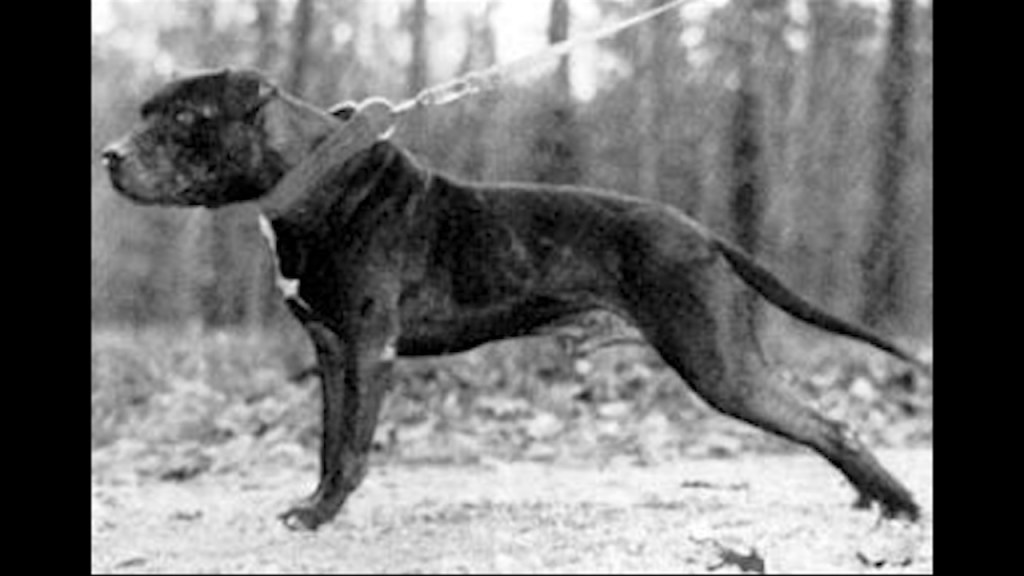Unleash The Thrilling Adventure At The Chinaman Pit: Experience The Ultimate CTA
Chinaman Pit: An Essential Component in Racing Circuits
Introduction
Dear Racing Enthusiast,
2 Picture Gallery: Unleash The Thrilling Adventure At The Chinaman Pit: Experience The Ultimate CTA


Welcome to our comprehensive guide on one of the most crucial elements of racing circuits – the Chinaman Pit. In this article, we will explore the significance and functionality of the Chinaman Pit, providing you with a deeper understanding of its role in the world of motorsports.
Image Source: fbsbx.com
So, let’s dive into the world of Chinaman Pit and explore its intricacies!
What is a Chinaman Pit?
🔍 A Chinaman Pit is a designated area within a race track where mechanics can perform quick repairs, refuel the vehicle, and change tires during a race. It is a crucial component that ensures the smooth running of a race and allows teams to optimize their performance.

Image Source: ytimg.com
The Chinaman Pit is strategically positioned along the track, offering easy access for teams to service their vehicles without disrupting the flow of the race. It is a hub of activity during pit stops, with mechanics, engineers, and support staff working together to get their cars back on the track as swiftly as possible.
Furthermore, the Chinaman Pit is equipped with various tools, equipment, and technology to facilitate efficient repairs and maintenance during the high-pressure environment of a race.
Who Utilizes the Chinaman Pit?

Image Source: ytimg.com
👥 The Chinaman Pit is primarily utilized by racing teams participating in various motorsport disciplines such as Formula 1, NASCAR, and endurance racing. Each team has a dedicated pit crew responsible for executing pit stops flawlessly, ensuring the vehicle’s optimal performance throughout the race.
From refueling the car and changing tires to making crucial adjustments, the pit crew’s coordinated efforts play a decisive role in a team’s success on the track.
Additionally, the Chinaman Pit also serves as a gathering point for team strategists, race engineers, and other key personnel who analyze data and provide real-time feedback to drivers during the race.
When are Chinaman Pits Utilized?
⏰ Chinaman Pits are utilized during races whenever a team needs to perform repairs, maintenance, or strategic adjustments. Pit stops can occur at different intervals depending on factors such as race regulations, tire wear, fuel consumption, and overall race strategy.
In shorter races, teams may opt for fewer pit stops, while endurance races like the 24 Hours of Le Mans often require multiple pit stops for driver changes, tire rotations, and refueling.
Where are Chinaman Pits Located?
📍 The location of the Chinaman Pit varies depending on the racetrack’s design and safety regulations. Generally, they are strategically placed along the start/finish straight or on a designated section of the track, allowing easy access for the teams without disrupting the flow of the race.
Modern racetracks are designed with safety in mind, incorporating features such as dedicated pit lanes, speed limits, and barriers to ensure the well-being of both the pit crew and the drivers during pit stops.
Why are Chinaman Pits Important?
❗ Chinaman Pits play a pivotal role in the success of a racing team. The ability to perform quick repairs, refuel efficiently, and change tires swiftly can make a significant difference in a race’s outcome.
Furthermore, pit stops offer teams an opportunity to fine-tune their vehicles, optimize performance, and address any issues that may arise during the race. A well-executed pit stop can propel a team forward, while a poorly executed one can result in lost positions and potential disqualification.
In addition, the Chinaman Pit acts as a nerve center where vital race data is analyzed, strategies are adjusted, and tactical decisions are made. It serves as a crucial hub of communication between the team and the driver, enhancing coordination and maximizing performance.
How are Pit Stops Executed?
🔧 Pit stops require precision, coordination, and split-second decision-making. When a driver enters the Chinaman Pit, the team springs into action, swiftly refueling the car, changing tires, and addressing any necessary repairs or modifications.
Each member of the pit crew has a designated role, whether it’s removing and replacing tires, adjusting aerodynamic components, or inspecting the vehicle for any potential issues. The synchronized teamwork ensures that every second counts, minimizing the time spent in the pit and maximizing on-track performance.
Pros and Cons of Chinaman Pit
Advantages of Chinaman Pit:
1. 📈 Improved Performance: Pit stops allow teams to fine-tune their vehicles, optimizing performance and gaining a competitive edge.
2. 💡 Strategic Adjustments: Pit stops provide an opportunity to make strategic adjustments, such as changing tire compounds or modifying the car’s aerodynamics.
3. ⏱️ Time Efficiency: Well-executed pit stops can significantly reduce the time spent off-track, ensuring teams don’t lose valuable positions during races.
4. 🔄 Tire Management: Pit stops enable tire rotations, ensuring even wear and maintaining consistent grip throughout the race.
5. 📊 Data Analysis: The Chinaman Pit serves as a hub for data analysis, allowing teams to make informed decisions based on real-time information gathered during pit stops.
Disadvantages of Chinaman Pit:
1. ⌛ Time Loss: Pit stops, if not executed efficiently, can result in lost time and positions on the track.
2. 🔧 Mechanical Issues: Pit stops may uncover technical problems that could require additional time to fix, potentially jeopardizing a team’s race.
3. 💰 Costly Equipment: Maintaining a well-equipped Chinaman Pit can be expensive, with teams investing in specialized tools, technology, and personnel.
4. 🏎️ Accidents and Injuries: Pit stops involve high-speed maneuvers and equipment, posing risks to both the pit crew and the drivers.
5. 🌧️ Weather Dependency: Unfavorable weather conditions can impact pit stops, making them more challenging and prone to errors.
FAQs (Frequently Asked Questions)
1. 🤔 Q: How long does a typical pit stop last?
💡 A: The duration of a pit stop can vary depending on the type of race, regulations, and the tasks to be performed. On average, a well-executed pit stop lasts around 2-3 seconds in Formula 1 and 12-15 seconds in NASCAR.
2. 🤔 Q: Are there any restrictions on pit stop procedures?
💡 A: Yes, each motorsport discipline has specific regulations governing pit stops, including speed limits in pit lanes, restrictions on the number of mechanics allowed to work on the car simultaneously, and safety equipment requirements.
3. 🤔 Q: Can drivers communicate with the team during pit stops?
💡 A: Yes, drivers can communicate with their teams via radio during pit stops. This allows them to provide feedback on the car’s performance, discuss strategy, and receive instructions for the next stint.
4. 🤔 Q: Do all team members participate in pit stops?
💡 A: While the entire team plays a role in the overall success of a pit stop, only a select number of mechanics are involved in performing the tasks required during the stop. Other team members, such as strategists and engineers, provide necessary support and coordinate the operations.
5. 🤔 Q: Are there penalties for unsafe pit stop practices?
💡 A: Yes, racing authorities impose penalties for unsafe pit stop practices, including exceeding speed limits in pit lanes, improper release of the car, and equipment violations. Penalties can range from time penalties to disqualification from the race.
Conclusion
In conclusion, the Chinaman Pit is an indispensable component of racing circuits worldwide. Its strategic location and functionality enable teams to perform essential repairs, optimize performance, and make critical adjustments during races.
From enhancing the driver’s experience to influencing race outcomes, the Chinaman Pit plays a vital role in motorsports. It serves as a battleground for mechanics and engineers, where seconds count, and split-second decisions can make or break a team’s race.
So, the next time you witness a thrilling race, spare a thought for the unsung heroes working tirelessly in the Chinaman Pit, ensuring that racing machines and their drivers perform at their absolute best.
Final Remarks
Dear Pit Walk Enthusiast,
We hope this comprehensive guide on the Chinaman Pit has provided valuable insights into the world of motorsports. The Chinaman Pit is an integral part of the racing experience, and understanding its significance adds depth to the excitement and thrill of the sport.
Remember, the Chinaman Pit is not just a physical location; it represents the dedication, skill, and relentless pursuit of excellence that defines the racing industry. So, the next time you find yourself on a pit walk, take a moment to appreciate the intricate details and teamwork it takes to keep the machines roaring and the thrill alive.
Happy exploring!
This post topic: Pit